Personalizing Characters
Personalizing characters is one of the best ways to make our characters real and three-dimensional. It can also be fun. Personal experience is one of the best ways to develop our characters. A fiction writer doesn't want to write an autobiography or even a biography, but a mountain of resources for a writer's characters is available at home, at work, at a social occasion or any place you can watch people. Our power of observation can be a great tool in getting character ideas.The people around us can serve as the example for our characters' personalities, what they wear, or even what they say. For instance, in my first book, THE HEART'S HOMECOMING, my heroine says to the hero when he turns to a country music station on the radio in her car, "My car doesn't do country." I took that quote from something my husband said to one of our daughters. I just stored that quote away, and when the right time came, I used it. In that same book, I took my mother-in-law's habit of being very early to appointments and gave that personality trait to the heroine's father. I got a laugh when she saw herself in that character.
In my latest book, FOUR LITTLE BLESSINGS, there are four children. I used memories of my children as they grew up, as well as youngsters of friends and family to create the personalities for the children in the story. My books are populated with a lot of characters because I like to write about family relationships. To create all these characters I pull from experiences I have had as well as the experiences I hear about from others.
People are fascinating, and people watching can trigger all kinds of ideas for characters and characterization. I recently did two things that were great people-watching opportunities. I was a movie extra and spent hours waiting in an airport to shoot a scene. Not only did I observe people coming and going at the airport, but I was able to observe people eager to get themselves on camera and the reactions they had as they had to wait over two hours for the shooting to begin. The second experience came during a summons for jury duty. I was sitting in a room full of people who could give me character ideas. I have to go back at the end of this week, and I intend to take a notebook. I realized there were too many things to remember without writing them down--all the way from the arrogant judge to the people who were tying to get out of serving for one reason or another.
Why were these such great opportunities? People came dressed in everything from shorts to business attire. There were people of every description. And the great thing about being writers is that we don't have to take a person as a whole. We can mix and match descriptions and personalities. We can take physical traits from one person and put it with the personality traits of another to create a unique and wonderful character. We can listen to speech patterns and phrases to give our characters believable dialog. Also we can use mannerisms and the facial expressions that we observe to add depth to our characterization.
Tapping into our own emotions is also another way to make our characters come alive. If our characters are involved in something that makes them happy, you can think about a time you were very happy and draw on the things you felt and how you reacted to that situation. The same goes for something that may have made you cry. The actual events don't have to be the same as the ones our characters are experiencing, but we want to capture the feelings of pain or euphoria and give those to our characters. We want our characters to come across as real people. Using our emotional experiences can make that happen.
If we make good use of our power of observation and use what we learn to create our characters, we should be able to create those three-dimensional characters that the reader will care about--the kind of characters that will keep the reader absorbed in our book.







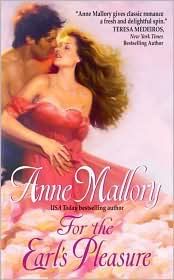

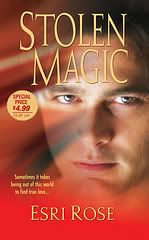

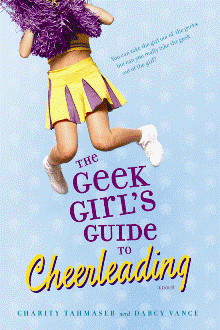












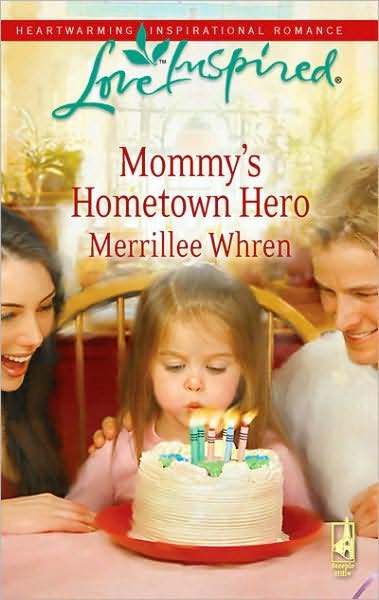



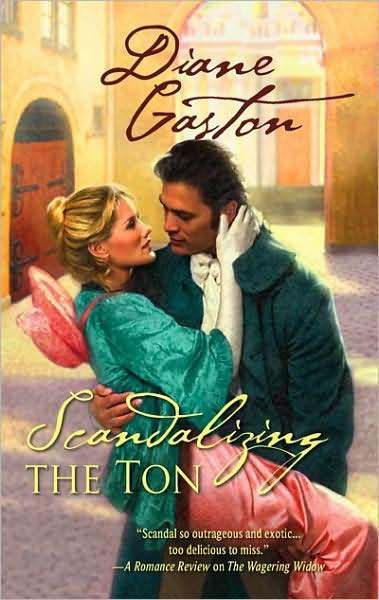

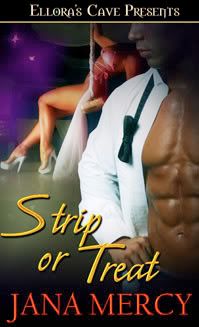
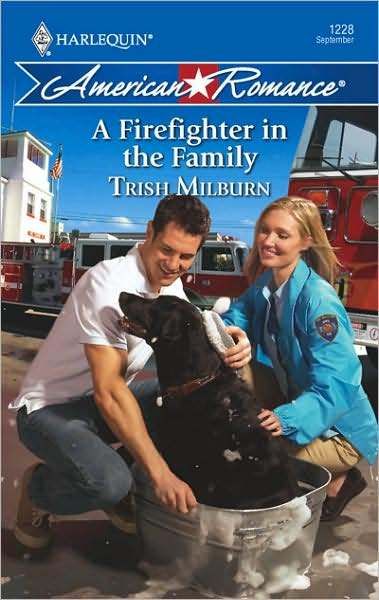

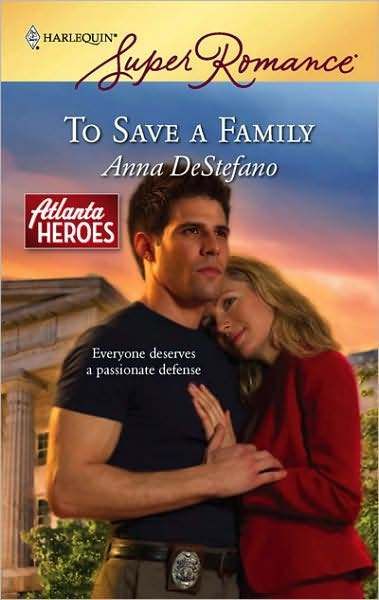



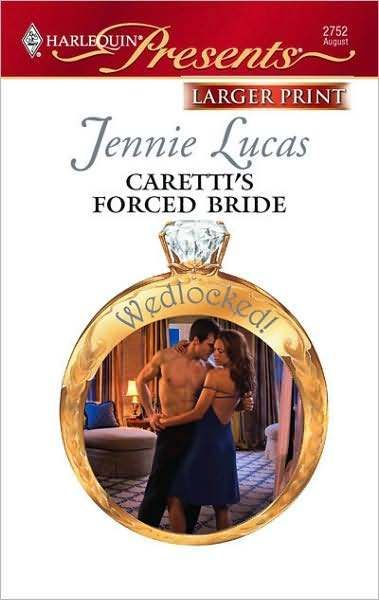






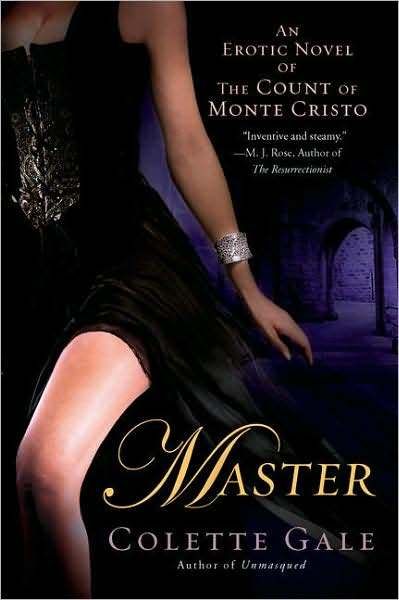






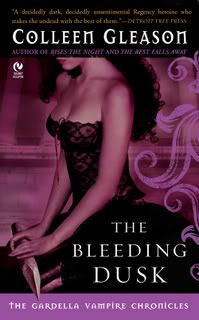
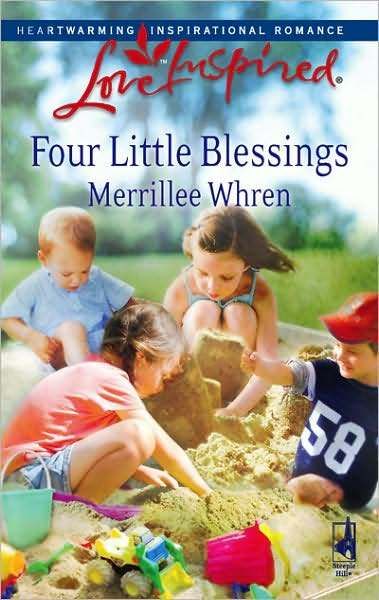






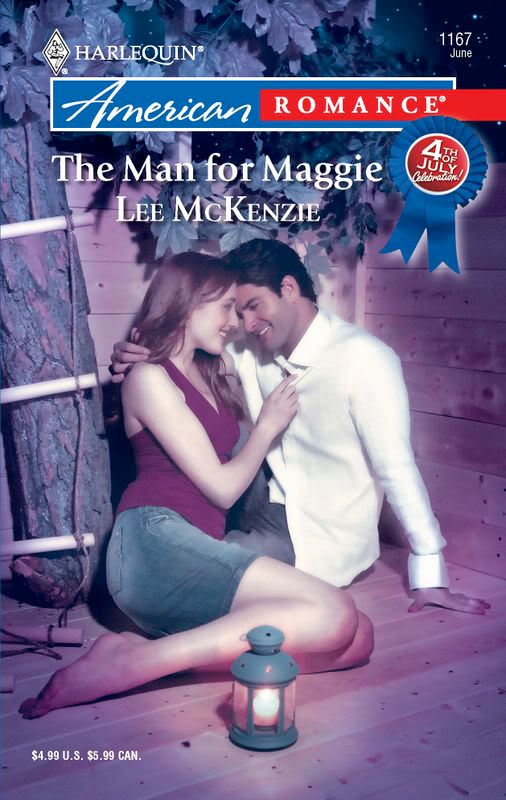



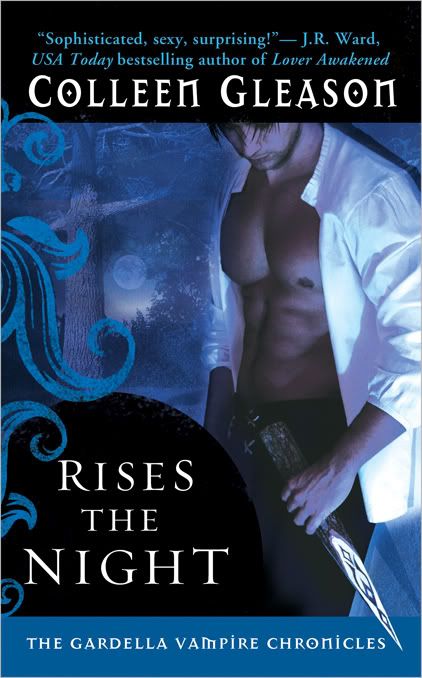

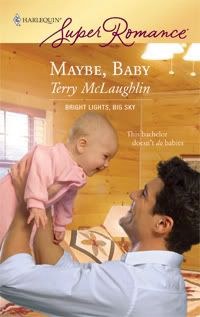

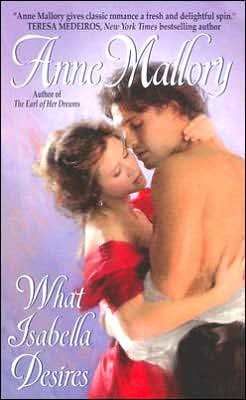
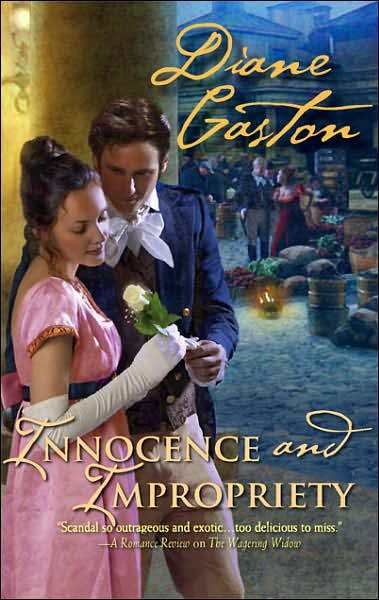
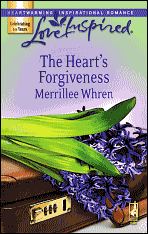
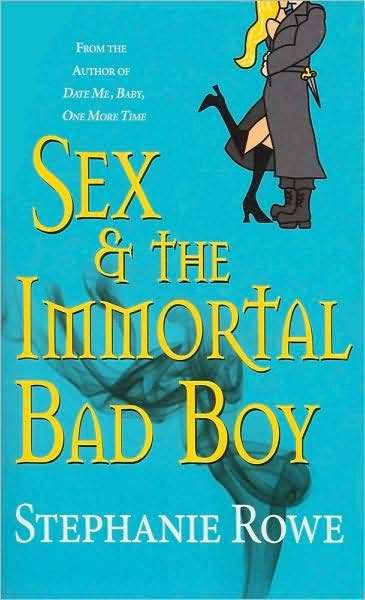
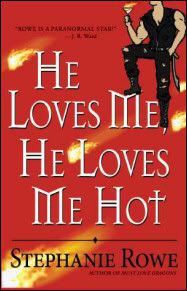

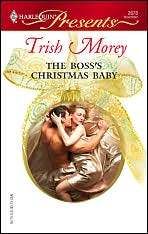
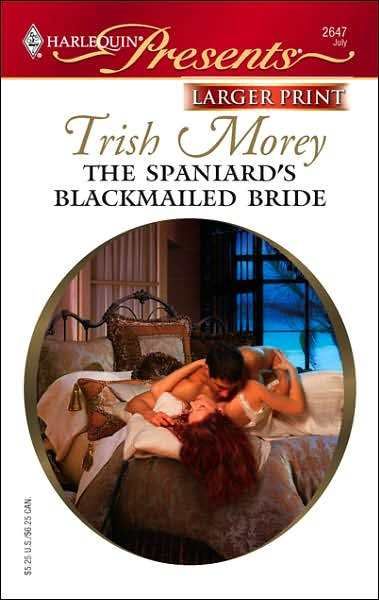
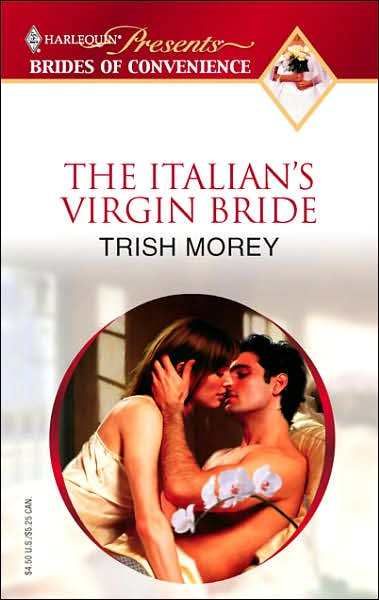
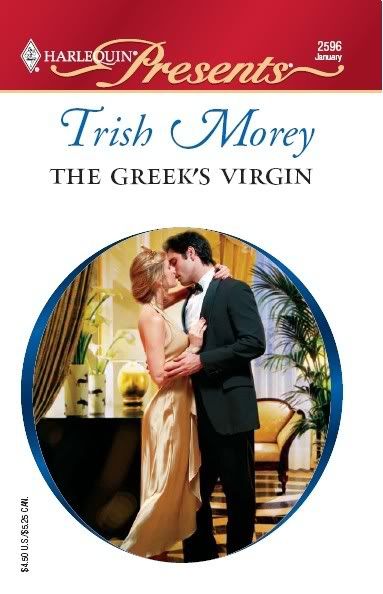


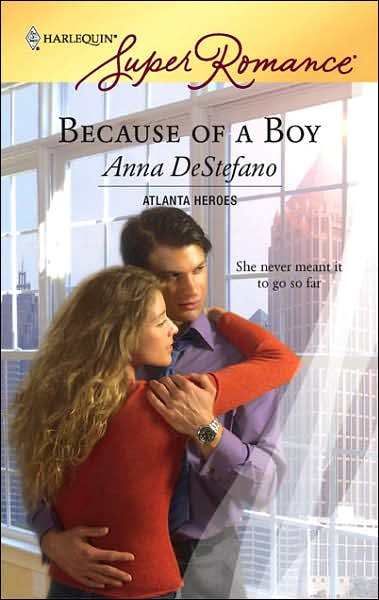

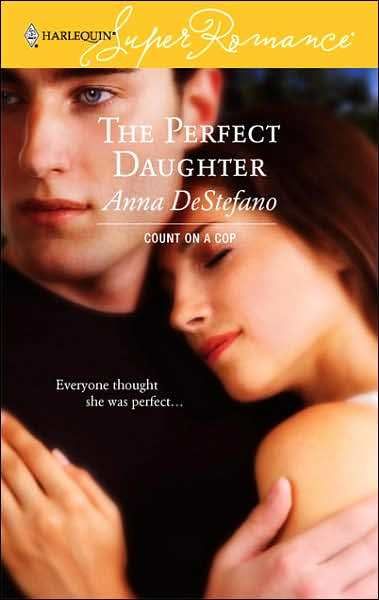

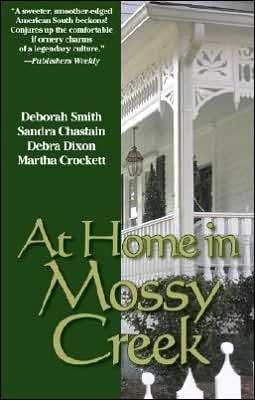

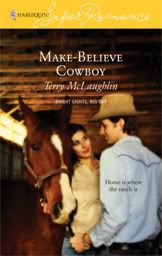


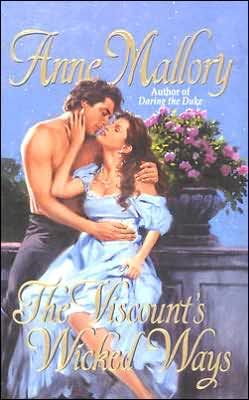

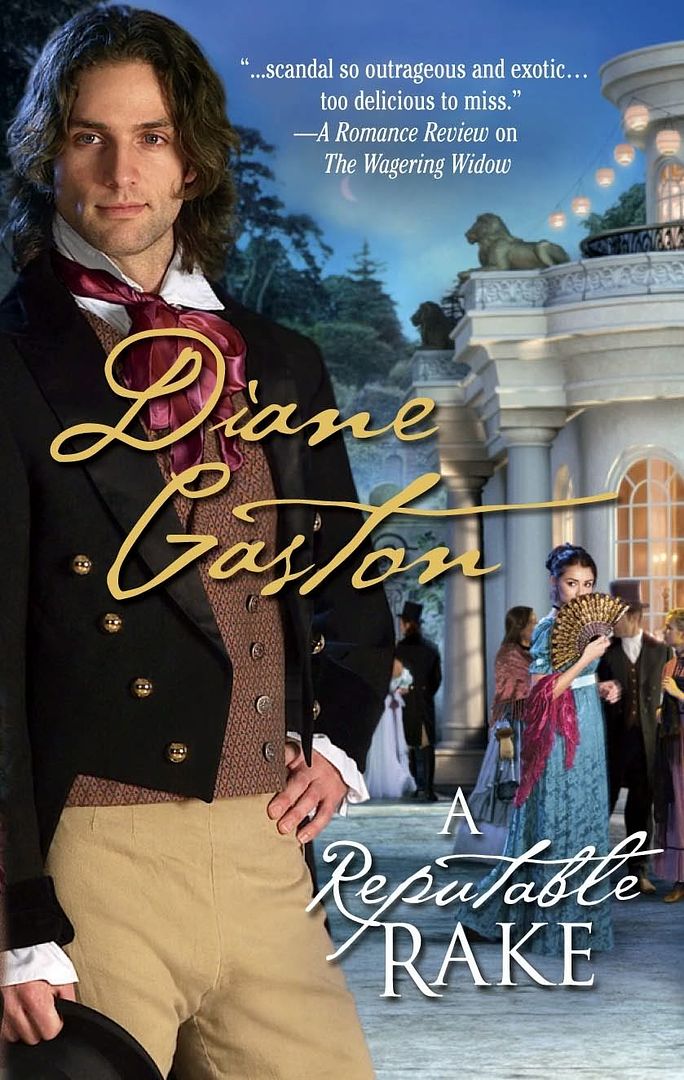
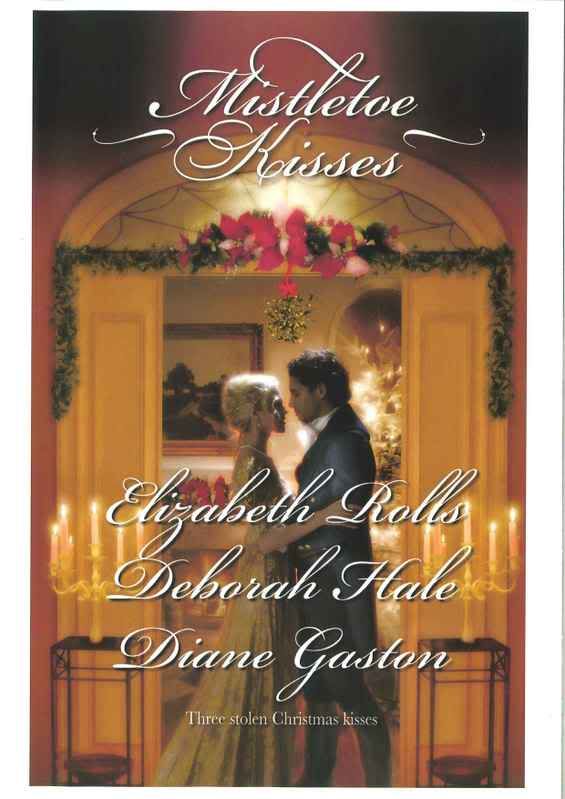
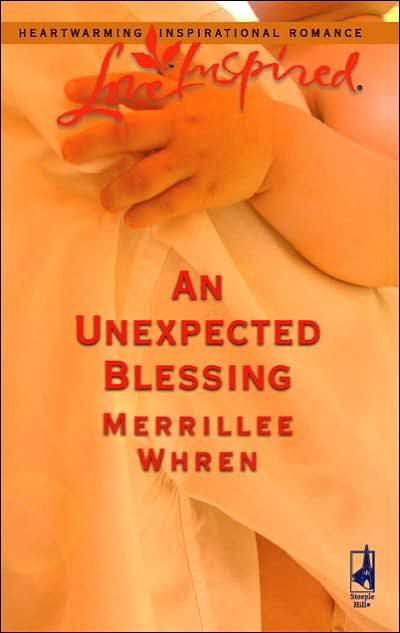

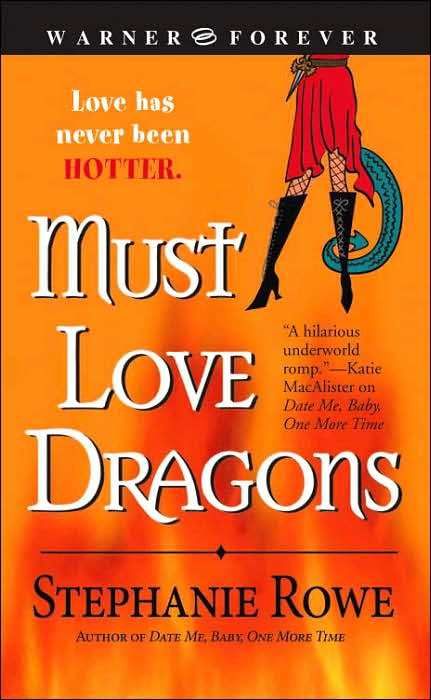
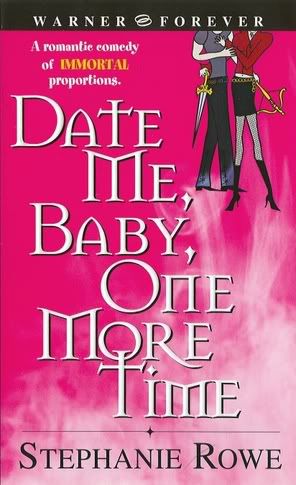


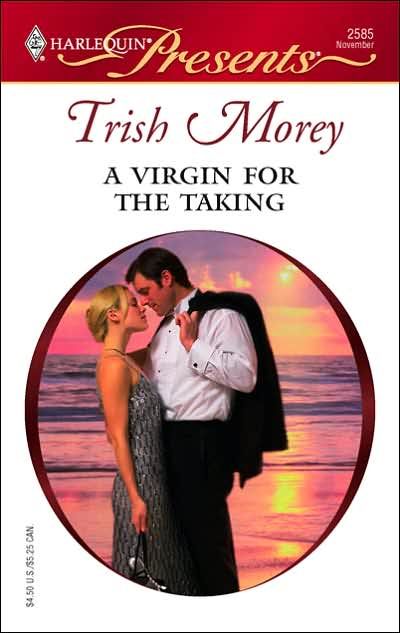
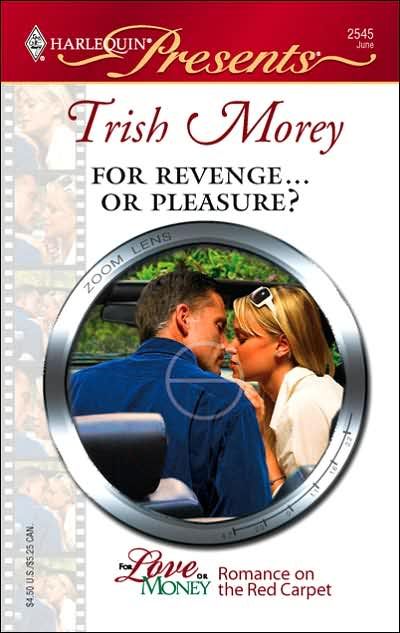
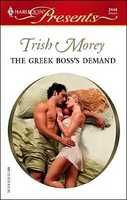



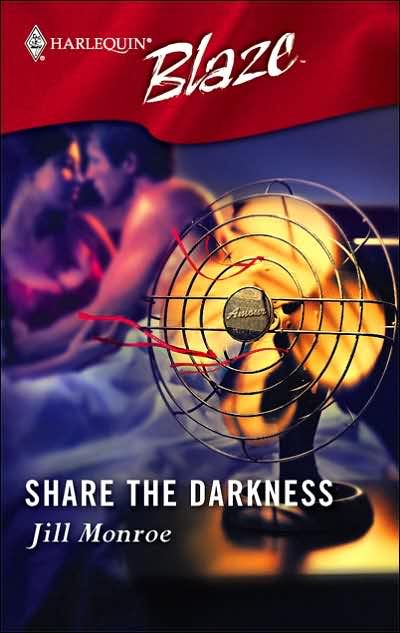

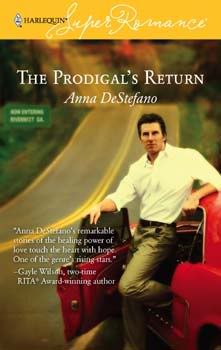


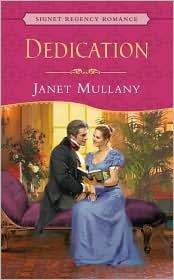
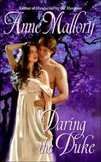
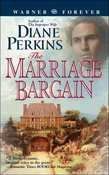
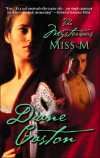

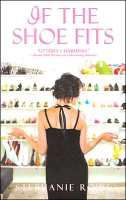

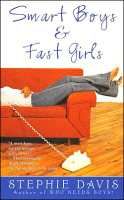


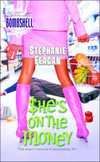



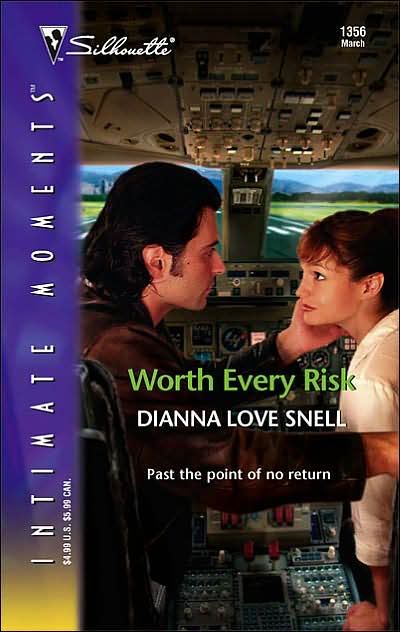
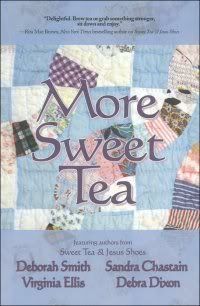
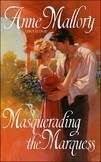
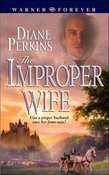
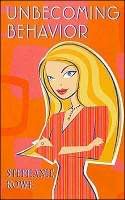
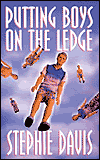

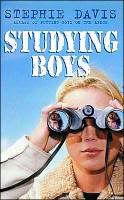
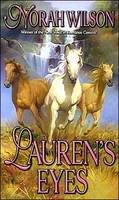
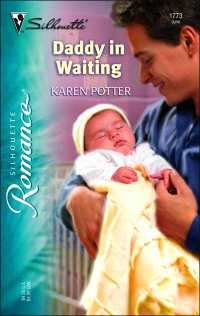
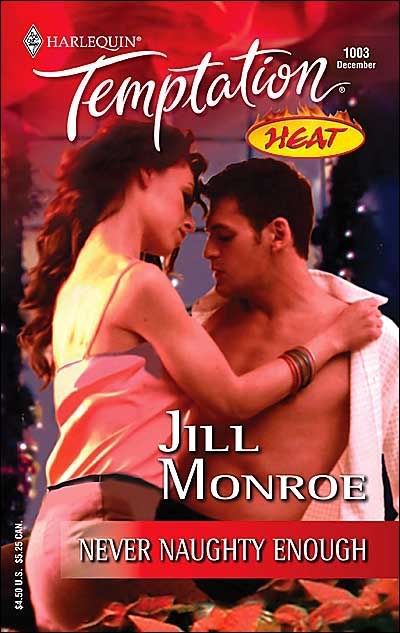





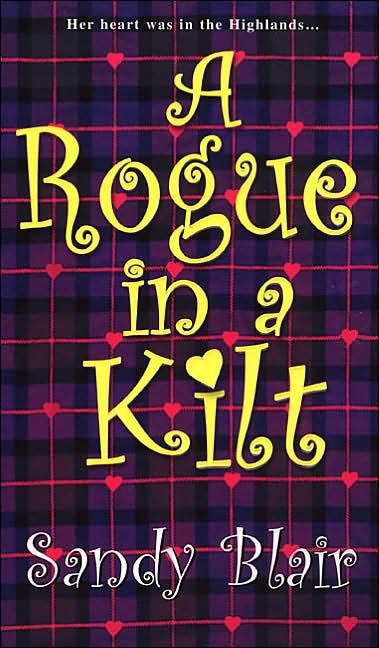

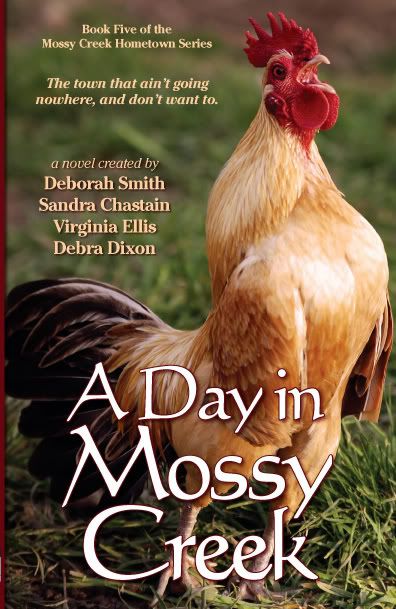

13 Comments:
Great post, Merrillee. I've done this borrowing from real life a number of times. I think mining real life for fictional characters can make those characters richer.
And I had to laugh at the "my car doesn't do country" comment. That's my car. :)
Personalizing Characters - Here's another weak point for me. Because I am most comfortable as a stay-at-home mom, I don't go out without an agenda. While I'm out, my to-do blinders are on and I don't even notice my surroundings. So a little creative, notetaking, loafing and peoplewatching is in order to deepen my characters nd my setting.
Thanks again for wonderfully awesome lessons!
Eden
PS My car does country, as does my myspace page. Today's country is much much better than the classic country. Come give it a listen ;)
www.myspace.com/EdenSharpe or
vixenrx.blogspot.com (no music)
Even people-watching in this 21st Century works in writing Regency. I used characteristics of my own father when crafting the father in The Marriage Bargain. And I think I carry a whole career of people in my head from my years as a mental health therapist.
I also recently bought "Body Language for Dummies" for those times when I know the emotion but I can't think of the body gesture.
Eden, my friend, yes, you should get out more! If you need to use your writing as an excuse, so be it, but you should do something just for yourself.
Eden,
Even a trip to the grocery can serve as a people-watching opportunity. I'm people watching even in church. I always warn people that something they say or do might wind up in one of my books.
Diane, thanks for the great tip on the body language book.
Trish, my car does country, but obviously my husband's doesn't. :)
Great post! I get plenty of manic examples from the people I work with--but also fine examples of grace.
I'm trying to expand my character's body language as well. It's difficult, once you see him doing one thing so often.
I agree, Merrillee, there's so much we can mine from the people we come into contact with. I based the character in "Hair Today, Gone Tomorrow" on my husband's grandmother, used a lot of her verbal ticks, etc. She recognized herself in the character I created. What was even more surprising was that readers recognized their grandmothers and hairdressers recognized their clients in the character, too.
I love people watching. I've "people watched" ever since I was a child. I don't know why, but it always fascinated me.
To help create my characters, I have the book BODY LANGUAGE by Julius Faust and 10 STEPS TO CREATING MEMORABLE CHARACTERS by Sue Viders, Lucynda Storey, Cher Gorman and Becky Martinez (among a few others). 10 STEPS is a wonderful reference book. I highly recommend it to anyone who needs help creating characters.
I do need to carry around a notebook because I do tend to forget most of the interesting people I see at the grocery store or at the mall.
With four kids and four sisters, 14nephews and nieces, extra mothers and fathers and in-laws I have a lot to draw from right here in my backyard! :)
Thanks for the great post, Merrillee and for the tips on reference books, Carol and Diane.
People watching is the best. I'm also a huge eavesdropper.
Diane, I'm always acting out facial expressions, gestures and movements while I write. If you put a camera on me, it would look like I had a variety of interesting tics.
It used to be that all my heroines had a core personality that was very like mine. My fourth manuscript broke that tradition, and it's so much fun to write "alien" personalities, I'm wondering why I waited so long.
Merrillee, for some reason your post made me think of an instance that dramatically drove home to me the power of external clues to character.
Years ago as a social worker, I was required to participate in an interview for TV regarding a high profile case. As usual, my supervisor and I were strongly aware this was just one more case in which the press was trying to get the goods on the department even though we were doing everything possible to help the family. But we had no choice but to give the interview, and at the same time somehow say nothing that would violate confidentiality. Naturally we were nervous.
Now let me interject, my supervisor was a woman with extraordinarily beautiful, well-manicured hands.
During the interview, something came up that required her to use the phone. She was never a patient person, and she began tapping a long, squared off nail against the phone's plastic casing. Soon we returned to the interview and thought no more about it.
When I watched the news that night, I was shocked. Not a single word I said was aired, and what she had said was correct but severely trimmed. The bad part was something that was a total surprise to both of us- a close up of her long red nail nervously tap tap tapping on the phone, repeated several times.
Obviously the reporter and cameraman were experts at people watching. It was the only outward sign of her nervousness I detected, and it only came out when she was distracted. I knew what it really meant, but the way it was portrayed was damning to both of us because it was interspersed at precisely the points where they wanted it to look like she was being deceptive.
Humiliating, yes, and dishonest of them. But I did learn how powerful such a little external symptom of character can be. Of course, we as writers have a moral obligation to be more honest about our portrayals.
Wow, Delle, that is a very powerful example of how meaningful a character's actions can be used in a scene.
What a painful episode, Delle. Ech.
Yes, Delle, reporters can be real vultures when it comes to picking at the things nobody else would notice to sell a story.
Perhaps that is why the little quirks are what draws our attention to characters. It's those odd little things we can all relate to - the things we turn and point out to our shopping companions at the mall. I never really thought about how useful those things can be in defining a character. Definitely worth more thought. Great post, Merrillee!
Post a Comment
<< Home
Subscribe to Post Comments [Atom]